
cd_nom
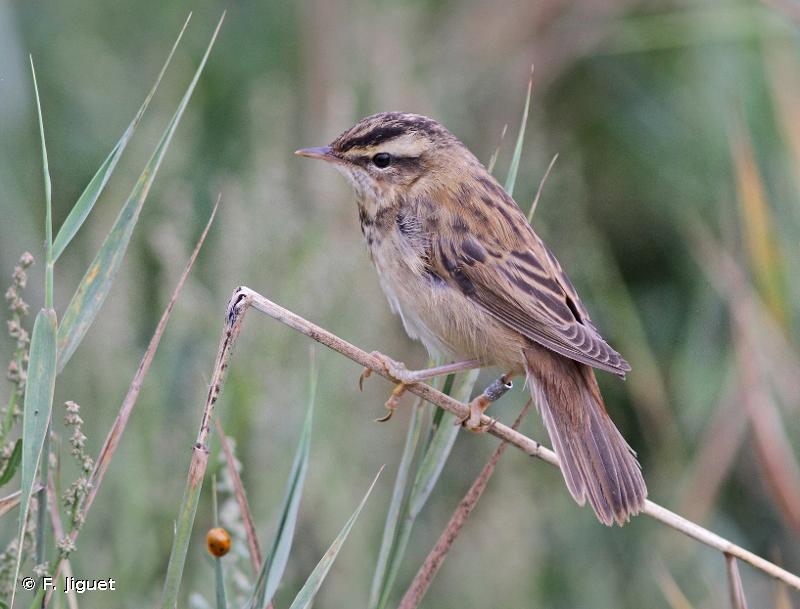
| Author : F. Jiguet |
 |
To get the picture, please visit:
Frédéric Jiguet
CRBPO
email : inpn@mnhn.fr
Despite the Creative Commons license, please inform the author of the use which will be made of his photo
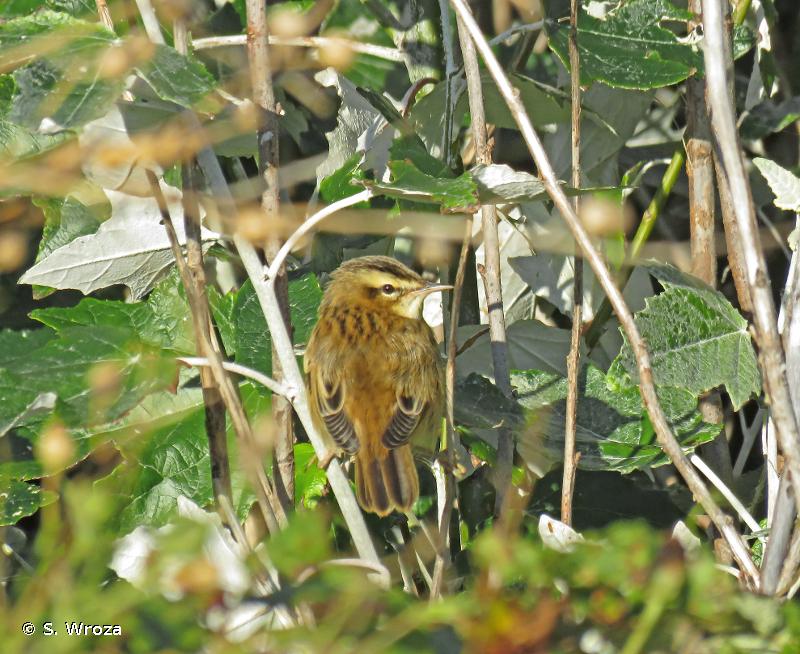
| Author : S. Wroza |
 |
Despite the Creative Commons license, please inform the author of the use which will be made of his photo
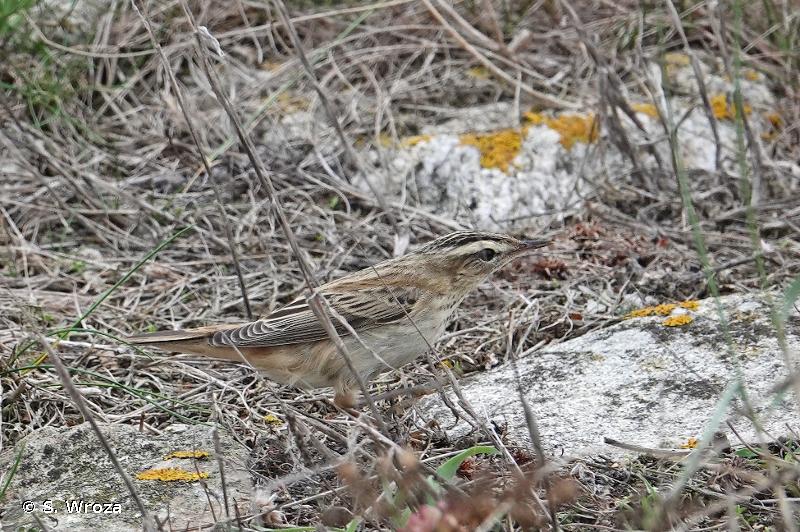
| Author : S. Wroza |
 |
Despite the Creative Commons license, please inform the author of the use which will be made of his photo

| Author : S. Wroza |
 |
To get the picture, please visit:
Wroza Stanislas
Muséum national d'Histoire naturelle - PatriNat
36 rue Geoffroy Saint-Hilaire CP 41
75 231 PARIS CEDEX 05
e-mail : s.wroza@hotmail.fr
Despite the Creative Commons license, please inform the author of the use which will be made of his photo

| Author : S. Wroza |
 |
Despite the Creative Commons license, please inform the author of the use which will be made of his photo
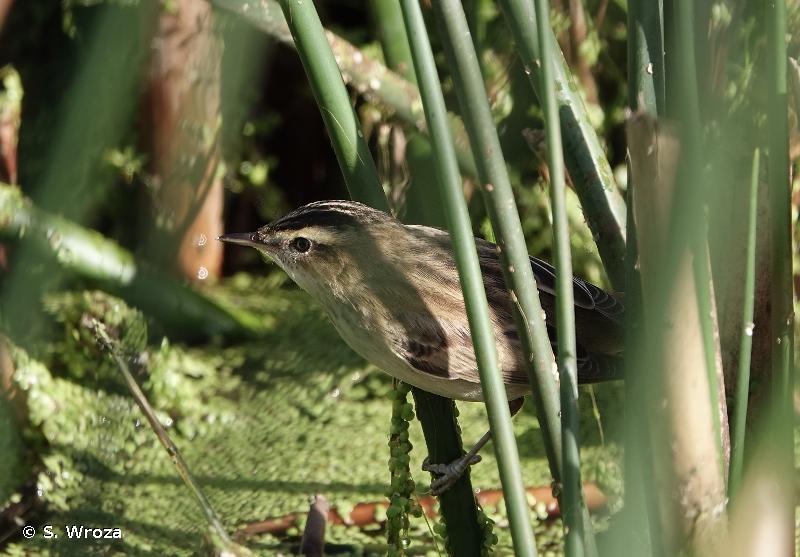
| Author : S. Wroza |
 |
Despite the Creative Commons license, please inform the author of the use which will be made of his photo
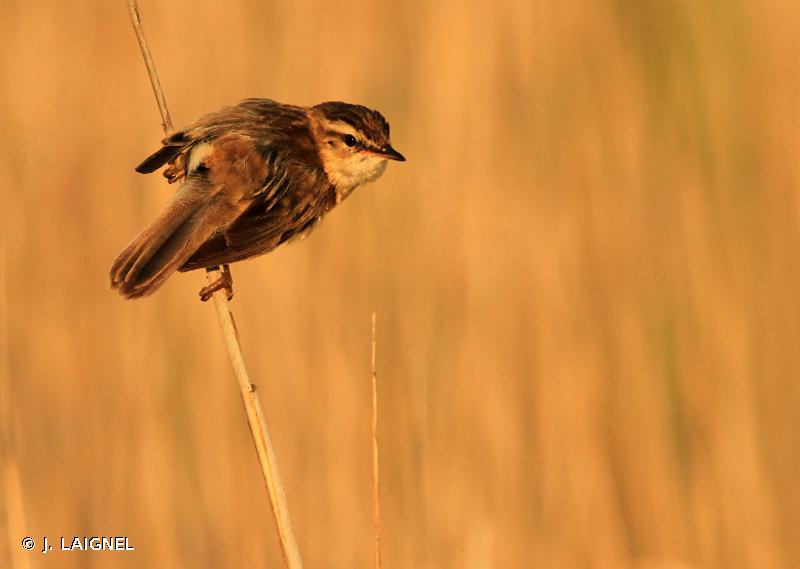
| Author : J. LAIGNEL |
 |
To get the picture, please visit:
Julien Laignel
Chargé demission SNB - SPN/MNHN
4, avenuedu Petit Château
91800BRUNOY
Tel.: 06.10.68.23.36
Mail:julien.laignel@9online.fr
Despite the Creative Commons license, please inform the author of the use which will be made of his photo
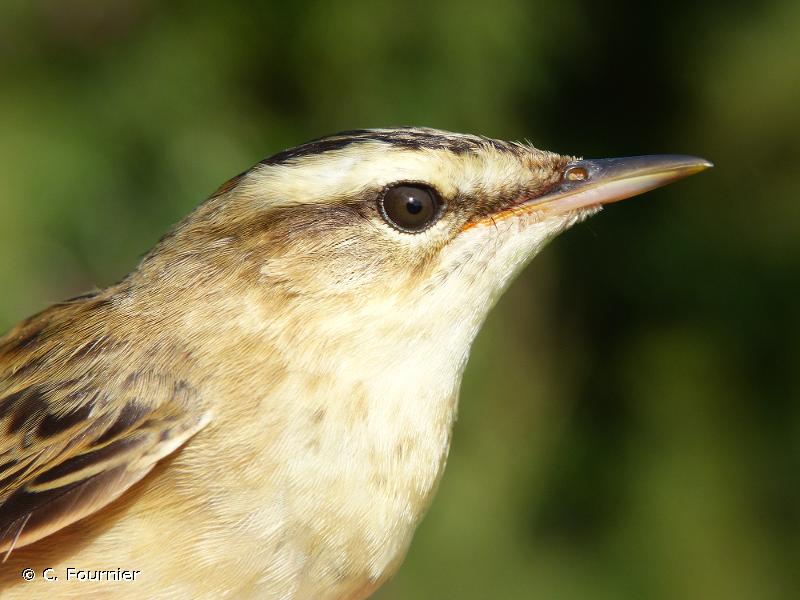
| Author : C. Fournier |
 |
To get the picture, please visit:
Cindy Fournier
Muséumnational d'Histoire naturelle
Servicedu Patrimoine Naturel
email : inpn@mnhn.fr
Despite the Creative Commons license, please inform the author of the use which will be made of his photo
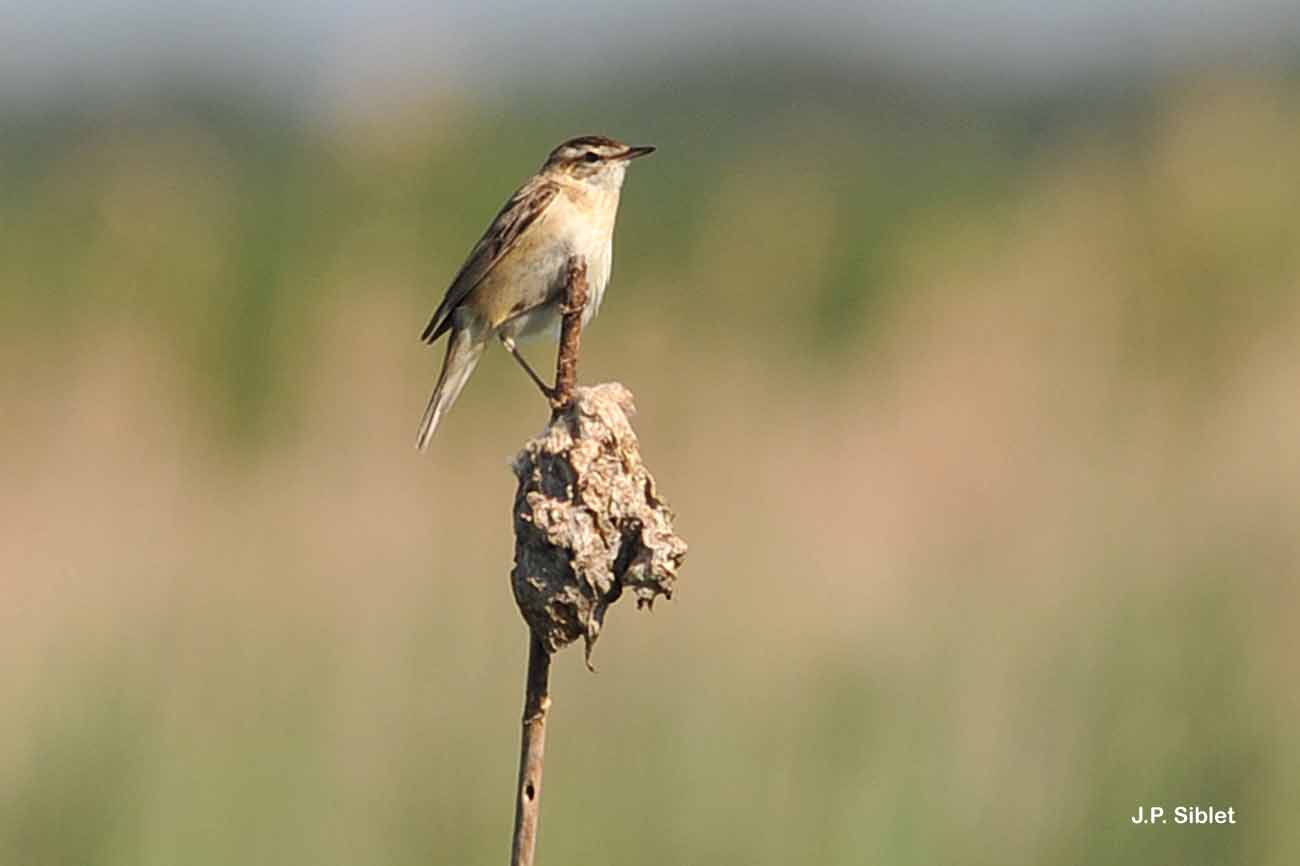
| Author : J.P. Siblet |
 |
To get the picture, please visit:
Jean-Philippe SIBLET
Muséum national d'Histoire naturelle - Service du Patrimoine Naturel
36 rue Geoffroy Saint-Hilaire
CP 41
75 231 PARIS CEDEX 05
e-mail : inpn@mnhn.fr
Despite the Creative Commons license, please inform the author of the use which will be made of his photo
Taille/poids :
Longueur totale : 13 cm. Poids : 9,5 à 22 g.
Diagnose :
Le Phragmite des joncs fait partie du groupe des fauvettes aquatiques présentant un plumage rayé sur le dos. Comme tous les Acrocephalus, il a une tête assez plate terminée par un bec fin. Le large sourcil crème, bien visible, tranche avec les joues et le sommet de la tête sombre. La partie ventrale est de couleur crème, nuancée de chamois sur les flancs. Le croupion est nettement roux.
Détermination :
Moyennement difficile.
Espèces proches :
Il ressemble au Phragmite aquatique Acrocephalus paludicola et à la Lusciniole à moustaches Acrocephalus melanopogon. Cependant, le Phragmite aquatique s'en distingue par la bande jaune très nette au sommet de la tête, les flancs et le croupion rayé et le dos nettement plus marqué de bandes jaunes. La Lusciniole ne se rencontre que dans les marais du littoral méditerranéen et présente un plumage contrasté presque noir et blanc à la tête et non pas brun et crème comme celui du Phragmite des joncs.
Période d'observation :
Avril à août-septembre.
Biologie-éthologie :
Insectivore stricte durant la reproduction, l'espèce peut occasionnellement ingérer des matières végétales durant la période internuptiale. Les oiseaux s'alimentent surtout à la base de la végétation dense des roselières et des fourrés marécageux.
Biogéographie et écologie :
L'espèce se reproduit principalement dans les régions tempérées et septentrionales d'Europe, entre les 40° et 70° de latitude Nord, de la Turquie à la Norvège et de l'Irlande à l'ouest jusqu'aux rives du Ienisseï en Sibérie centrale à l'est. Elle apprécie les zones parsemées de buissons, de roseaux ou de massettes dans les marais ou les ceintures de végétation des eaux stagnantes.
Compilé par J. Comolet-Tirman à partir des Cahiers d’habitats.(UMS 2006 Patrimoine Naturel (AFB / CNRS / MNHN)),2017
Continental
Metropolitan France
Overseas
Marine
Metropolitan France
Overseas
The map presents a summary at the 10 x 10 km grid of the observation data for the species transmitted to the SINP. These data have been subjected to validation filters.
The map presents a reference distribution layer of the species at the scale of departments and marine sectors. The presence and absence data were established by expertise within a network of partners. This reference distribution is used in the validation process of the SINP data at the INPN level.
Corresponds to a report on the basis of at least one observation proved within a period of 10 years (20 years for little-known invertebrates) preceding the year and no presumption of extinction since obtaining the last data nor doubt on reproductive and implemented nature of this population. For migratory species, the presence indicated concerns areas of reproduction.
This status is based on one or more of the following criteria:
This point covers the absence, more difficult by nature to demonstrate than presence. This status is based on one or more of the following criteria:
This status must be assigned to a department in which the presence of the species is casual.
Particular case of absence due to a proven extinction less than a half century ago (older disappearances are treated as "no probable or definite").
In the state of knowledge, we can not comment on the presence or absence in the current department. This is the default status when not comprised in one of the previous categories or whenever there is doubt.
The map shows the global distribution of the species based on GBIF data (Global Biodiversity Information Facility).
